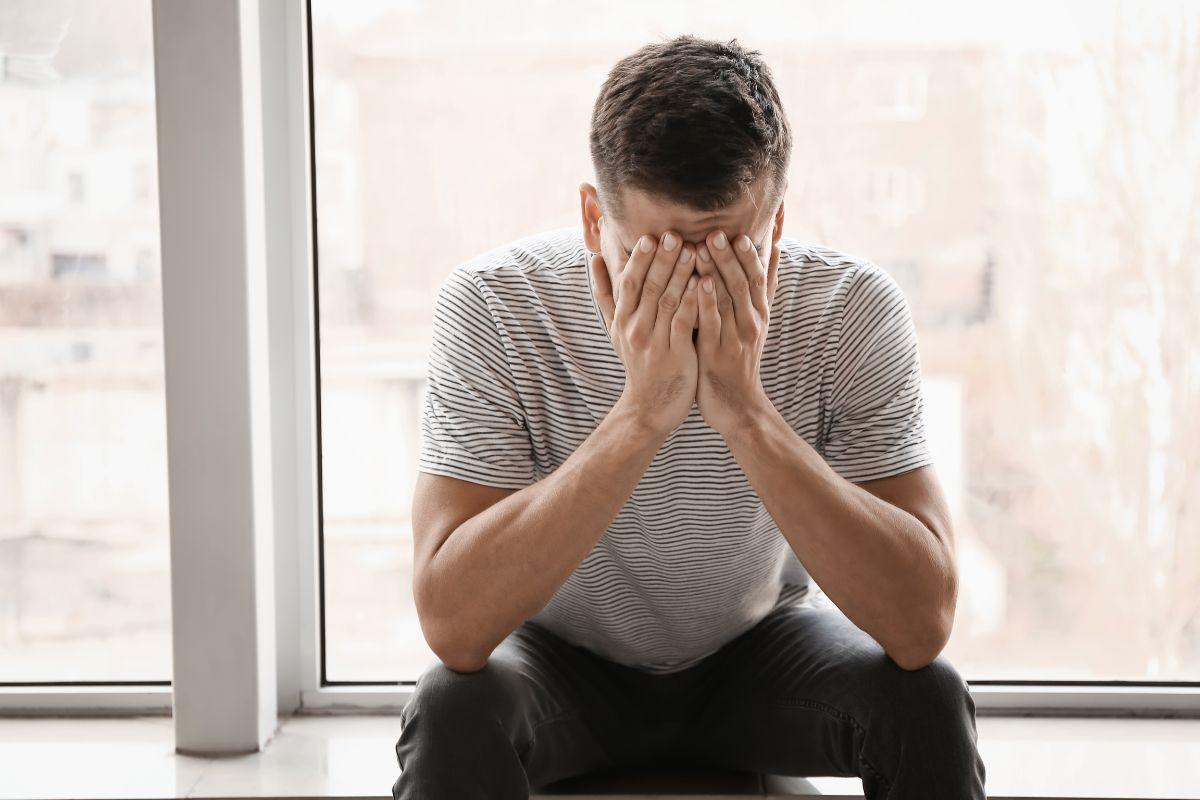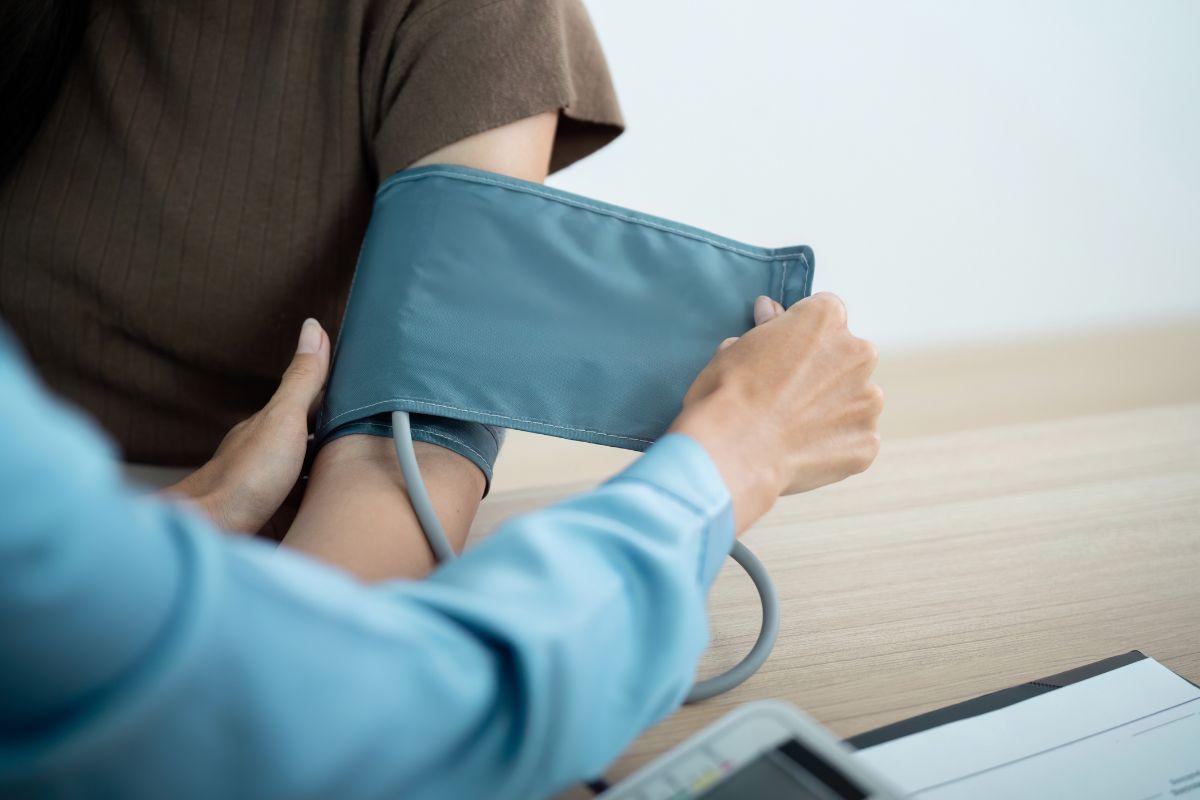Written by Mr Nick Cowan for Doctify
What’s holding you back from exercising? Have you injured your back, shin, knee or wrist? Or are you keeping away from the weights for fear of getting too bulky? As an experienced osteopath, I am going to share a few tips on how to get back on the path to a healthy and active lifestyle through prevention and healing your body.
‘My back aches when I sit or stand for too long’
A simple solution is to start walking. Walking allows the lumbar spine and pelvis to tilt and rotate naturally through normal gait. Walking also helps joint mobility by improving blood supply and lymphatic drainage.
Prevention and healing
Remember to wear appropriate shoes. Shoes that fit comfortably will support and let your feet move freely, thus preventing any increase in impact that might be felt in the spine. Walking in a swimming pool can strengthen your muscles and joints because of the additional resistance. The water also provides support to your body and, with the extra resistance, cardiovascular benefits.
If you are experiencing pain that is so acute (painful and concentrated) that swimming or walking is impossible, relax your spine in a neutral position by lying flat on your back with your hips flexed. It is still important to get up often for short periods to keep the spine mobile.
‘My shins ache when I run’
Your shins are could be aching because of swelling in the front of the shin. Stopping all high impact exercise such as running or plyometrics will let your body heal and the swelling reduce. Substitute your cardio exercise with lower impact sports such as swimming, rowing or cycling. However, if there is continued or increased pain you will need to stop these too.

Prevention and healing
Again, wear appropriate footwear when running. Shin splints injuries are normally a result abnormal stress on the shin as a result of wearing inappropriate shoes. Extreme cases of anterior compartment syndrome happen when there is excessive pressure build up in the muscle compartment that leads to bleeding or swelling and intense pain. This will require complete rest or even surgery. If your shins hurt from running, don’t push through the pain. Your body is telling you to stop.
‘My knees ache when I exercise’
The knee joint and its surroundings can be irritated from high impact exercise like running and deep squats. Because females tend to have a lower hamstring to quadriceps ratio, they typically have weaker hamstrings when compared to males, leading to more knee pain. Additional imbalances in the hip rotators can lead to uneven weight distribution at the knees resulting in more problems.
Prevention and healing
To prevent further injury, you should start a strength program for the hip and thigh muscles. Single leg movement patterns will help you slowly get back into running or moving efficiently through that squat pattern.A personal trainer running coach or running rehab specialist can help with specific strength building exercises.
If you suffer from chronic knee injuries such as osteoarthritis, high impact exercise should really be avoided for better pain management, instead exercise in a swimming pool or on a bike for reduced stress on your body.
‘My neck aches when I swim’
An aching neck is probably due to swimming with an incorrect technique, and over time the repetitive neck extension and constant rotation to one direction will lead to neck ache. I’ve seen people with neck problems due to fear of putting their face in the water or wanting to avoid wet hair!

Prevention and healing
Wearing goggles and a hair cap will protect your face and hair from damage from the pool water. Schedule your hairdresser appointment for after a swimming session so your new hairdo won’t be ruined! To correct your swimming techniques, invest in some swimming lessons which will also help you use your time in the water more efficiently.
It is also a good idea to try swimming with different strokes (lessons help here too!) in one session. Swimming is a really valuable low impact cardiovascular exercise that it is worth spending the time to find your rhythm and feel comfortable in the water.
‘Wrist sprain, I can’t train!’
When your wrists are sprained or injured, avoid performing any exercise that involves gripping with your hands. If you love strength training, why not work your on leg circuits for a cardio blast instead.
Prevention and healing
Boxing and training drills are great activities helping you to improve mobility, speed and strength. It is important to remember to ensure your wrists are properly supported using boxers strapping and correct technique, otherwise expect very sore wrists after your session!
If the sprain is recovering well you might be able to train after having it professionally strapped with regular taping or kinesiotape which can aid healing. Be aware that severe sprains can be aggravated even when running or swinging the arm so rest is the key to aid in the gradual healing process.
‘I don’t want to get bulky’
Some people avoid resistance strength training to prevent adding on bulk. However, resistance strength training is essential for maintaining regular tone and bulking up will only occur when the training is accompanied by eating the right types and amounts of food. For any exercise or sport types, even endurance training, strength training is an indispensable way to improve form and prevent injuries. A degree of healthy muscle mass is vital for, amongst other benefits, day-to-day metabolic and postural function.
Prevention
Incorporate strength training in moderate amounts into your exercise routine. Using smaller resistances but at higher repetition will encourage your muscles to grow leaner not bigger.
..




